Coca is a shrub from the Erythroxylaceae family, growing up to 10 ft (3 m) tall. The branches of the leaves are straight, the leaves thin, full-bodied, ellipsoidal. The flowers are tiny, with the corolla consisting of 5 yellowish-white petals. The anthers are heart-shaped.
The plant is widespread in the US (California, Arizona, New Mexico, Texas, Louisiana, Alabama, Mississippi and Florida), Europe (Spain, Italy and Greece), Australia and New Zealand.
Species of Coca
There are 2 species of coca common worldwide. These are Erythroxylum coca and Erythroxylum novogranatense.
Erythroxylum coca is a shrub native to the Amazon, growing in warm and humid valleys at altitudes between 3280 ft (1000 m) and 6560 ft (2000 m) above sea level. The leaves of plants cultivated in Colombia tend to be smaller and sharper than ones grown anywhere else. This plant is fundamentally important for the Andean and Amazonian peoples. This species is used to make cocaine.
Erythroxylum novogranatense is another species of coca from the Erythroxylaceae family. It's cultivated in the dry lowland regions of South America and requires irrigation. Even so, E. novogranatense is highly adaptive to various environmental conditions, growing well both in dry and in humid areas, from 1312 ft (400 m) to about 2624 ft (800 m) above sea level.
Composition of Coca
Coca contains 14 natural alkaloids, responsible for the medicinal properties of the plant. Ecgonine, naturally found in coca, is a cycloheptane derivative of atropine and has the ability to metabolize fats, carbohydrates by cleansing the blood. The atropine has an anesthetic effect, it cleanses the respiratory airways as well.
The pectin has an antidiarrheal and absorbing function, while also, along with vitamin E, regulating the production of melanin for the skin. The papain contained in coca is an enzyme similar to cathepsin in animals. It improves digestion.
The hygrine in the plant stimulates the salivary glands when there's a deficiency of oxygen in the air. The globulin tones the cardiac muscle, regulates the lack of oxygen, improves blood circulation, prevents soroche (aka altitude sickness) caused by thin air.
The pyridine found in the herb speeds up brain formation and functioning, improves blood flow to the pituitary gland and tonsils. The quinoline prevents the formation of tooth cavities. Coca also contains coniine which has a powerful anesthetic properties.
The cocamine in the herb has an analgesic effect and, along with the coniine, help to enhance the effects of the cocaine. The reserpine regulates blood pressure and helps form bone cells. The drug also contains benzoin which speeds up formation of muscle cells and protects against nutrient rot - where its therapeutic properties for gastritis and ulcers come from.
The inulin in the plant regulates gallbladder secretions, refreshes and improves liver function, balances melanin formation, preventing and clearing up liver spots. It is a diuretic, helps to eliminate harmful and toxic substances in the body.
History of Coca
The coca plant usually comes from the high regions of the Andes. For as long as it's been known in human history, people would chew on its leaves for their stimulating effect and for their ability to soothe respiratory problems - adaptations the plant has gained after living at such high altitudes.
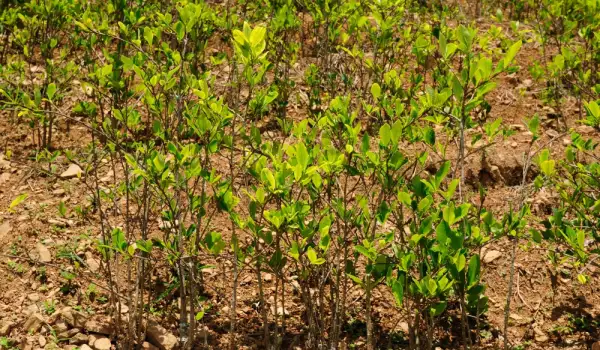
According to quotes from some of the 1st Spanish chronicles, the natives valued the plant more than gold or silver because a person felt neither hunger, nor thirst, when chewing coca leaves.
The Incas used the leaves for religious purposes only. After the Spanish invaded South America, use of the leaves spread even farther.
Growing Coca
The plant prefers regions where no frost ever falls. The fruits of the plant are collected before they ripen and left a little while until they soften completely. The softened flesh of the fruits is then washed, the seeds cleaned and dried.
Then the seeds are put in water, those that float up to the surface are thrown out since they won't sprout. The suitable seeds need to be planted as soon as possible. It's best if each seed gets its own pot.
Plastic plant pots are perfect for the job. The young seedlings need light, whether natural or artificial. The plant requires fertilizer. After about 2 months you can transplant the young plants into the ground, with about 5 ft (1.5 m) between them.
In general, coca needs high air humidity. Still, coca is quite a hardy plant and can thrive even in not-so-high atmospheric humidity. But that's not all. Coca can withstand low temperatures as long as they don't drop below freezing point.
Benefits of Coca
Tea from coca is widely used for its excellent effects on digestion, circulation, against fatigue, irritation and stress, with a slight but noticeable mood enhancing influence. It can be taken any time during the day, preferably after meals. It's also recommended for indigestion, colic and diarrhea.
The presence of vitamins and other elements make coca tea a food supplement that's suitable for your everyday diet.
Warm coca tea can be drunk by children, adolescents, adults and the elderly. Something else worth nothing: there's an exceptionally low percentage of cardiovascular diseases in South American indigenous people who chew coca leaves.
Plus we see a low percentage of tooth cavities in them. The risk of becoming addicted to coca tea consumption is miniscule, considering it takes more than 500 teabags (1 bag contains 1 g of coca leaves) to get 1 g of cocaine, of which only minimal amounts of nanograms are absorbed (1 nanogram is 1 billionth of a gram) over a long period. This does not allow for a high enough concentration to cause psychological problems.
Coca Tea
Coca tea is an herbal tea made from the raw leaves of the coca plant, which grows naturally in the northwest part of South America. It's made by dipping coca leaves or a teabag in hot water.
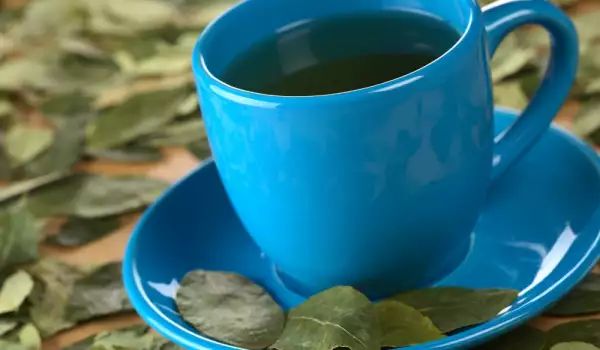
Coca tea is most commonly consumed in the Andes mountain range, especially in Bolivia, Ecuador and Peru. It has a light yellow color and slightly bitter taste, similar to green tea with more natural sweetness.
The leaves of the plant contain alkaloids which can be extracted chemically to produce cocaine. The actual quantities of these alkaloids in raw leaves are low.
A cup of coca tea made from 1 g leaves of the plant contains about 4.2 mg of biological alkaloids. Due the presence of these alkaloids, coca tea can be considered a weak stimulant, with consumption of it comparable to that of drinking coffee or other teas.
However, the quantities of alkaloids in a single cup of tea is enough to show a positive result on a blood test for cocaine. Similar to decaf, coca tea can also be "coca-free". After processing, the alkaloid content is brought down to a minimum, just like with decaffeinated coffee, where only insignificant amounts of caffeine remain.
Coca tea is legal in Bolivia, Ecuador, Colombia and Peru but its use continues to be opposed by the Single Convention on Narcotic Drugs. Coca tea is illegal in the United States, unless it is "coca-free".
Many of the indigenous people of the Andes use the tea for medical purposes. Coca tea is often given to tourists of the upper reaches of the Andes to prevent altitude sickness. Its actual effectiveness has not yet been fully researched though. Coca tea has been used as a means of rehabilitation for cocaine addicts; as a substitute.
Recipe for Coca Tea
Heat water, without it coming to a boil. Put in 1 tsp of dried coca leaves. Let them soak for 10 min. if you'd like a lighter-colored tea or 20 min. if you prefer a darker one. Fill 1 cup halfway up with the prepared tea and dilute it with water if you feel it's too strong. Flavor the tea with a lemon slice and a little honey.
Dangers of Coca
Excessive long-term use of coca leaves can lead to addiction. There are claims that use of coca may cause premature aging but this has not yet been proven. In comparison, nonstop and/or excessive use of pure cocaine causes very serious side effects.
Cocaine is a stimulant with a high potential for dependency. It was first extracted from the leaves of Еrythroxylon coca in the middle of the 19th century by the chemist Gedke and was called Erythroxylum. Addiction to cocaine is easy and lasting and of all the known drugs leads to the strongest desire for a 2nd dose. In nearly all parts of the world, possessing, growing and selling it is illegal for non-medical and non-specially exempt reasons.
Cocaine use can lead to pupil dilation, accelerated heart rate, increased blood pressure, body temperature, decreased appetite. There is a risk of hypertensive crisis, brain hemorrhage, epileptic seizures, acute renal failure and more.
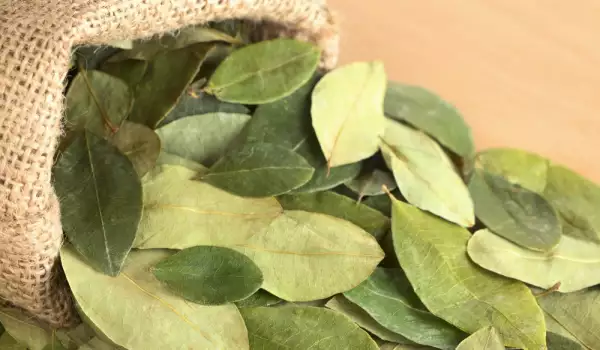

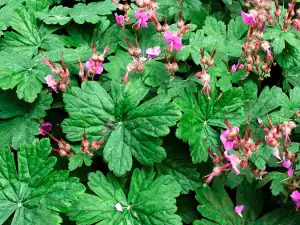
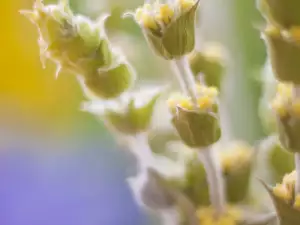


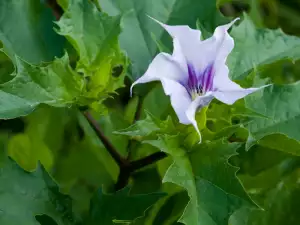








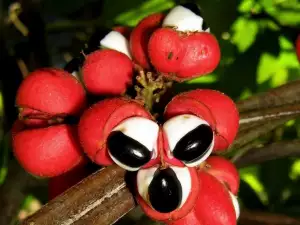




Comments